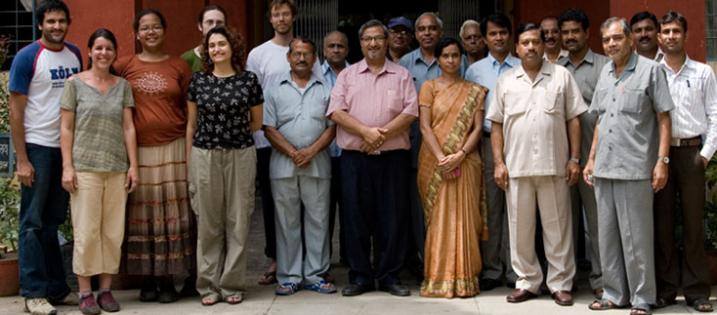In the year 1937 Parshwanath Vidyapeeth was set up as an Institute of Indology in pious memory of Sthanakavasi Jainacharya Late Pujya Shri Sohanlalji Maharaj.
It is managed by Parshwanath Vidyapeeth, a society registered under the Society Registration Act of 1860. Over the years, the Vidyapeeth has done commendable work in the area of research and publication on Jain Philosophy, Culture, History, Prakrit language, Jain Art etc. Besides, 172 publications to its credit, about 66 scholars of the Parshwanath Vidyapeeth have been awarded Ph.D. by Banaras Hindu University, which recognizes it as a Research centre in the field of Jainology.
It is also recognized by Scientific & Industrial Research Organization, Dept. of Science and Technology, Government of India for conducting research. Vidyapeeth has been regularly organizing National Seminars, symposia, and lecture series
The institute brings out a quarterly Trilingual research journal SHRAMANA. In view of its unique status and the contribution in the study of Jainology and other branches of oriental learning,
Parshwanath Vidyapeeth has earned reputation in the academic world both within and outside India. A few research scholars of Vidyapeeth have been awarded for their outstanding contributions to the Jainology. Noted among them are Muni Punya Vijaya Smriti Purasakara to Dr. Madhulika Singh for her paper read at All India Oriental Conference, Bhubaneshwar (2002), Smbodhi Life time Award (of Rs. 11,000.00) to Dr. Shivprasad on his monumental work “ Gacchon kaItihasa’ by Sambodhi Sansthana, Ahmedabad (2003).
Some publications of Vidyapeeth have also been awarded viz. 1. Jaina Sahitya Ka Brihad Itihasa (7 Volumes), 2. Panchashaka-prakarana by Uttar Pradesh Sanskrit Sansthana, 3. Nalavilasa-natakam by Uttar Pradesh Sanskriti Sansthana. Parshwanath Vidyapeeth, situated near Banaras Hindu University at Karaundi, owns a rich library, containing 30,000 books and periodicals and 200 Manuscripts. It has large beautiful campus of 5 acres, adequate administrative buildings, teacher’s quarters, meditation centre, and hostels for boys and girls. It is equipped with modern scientific instruments such as computers, printer and photocopier, etc. It has also developed an Art Gallery and a Museum with valuable antiquities, monuments, and hand written old manuscripts.

